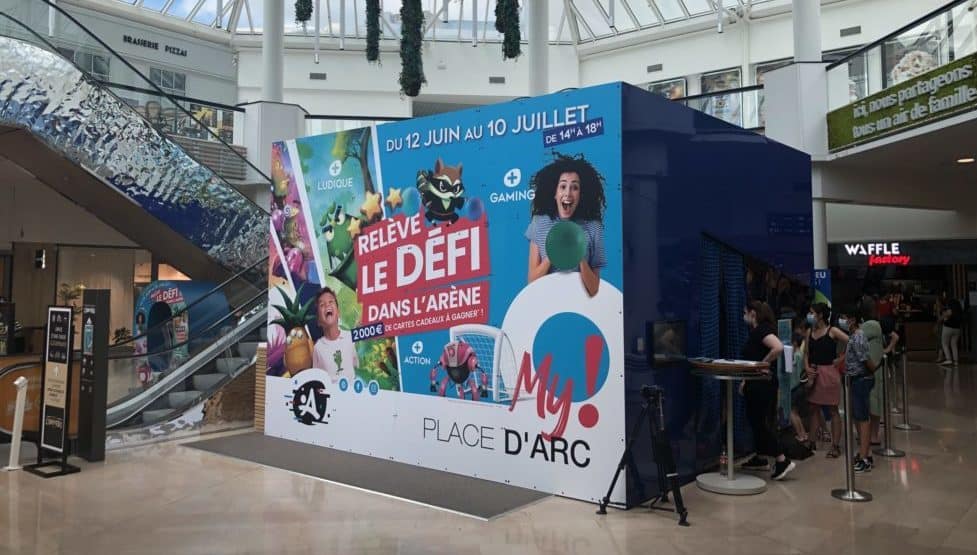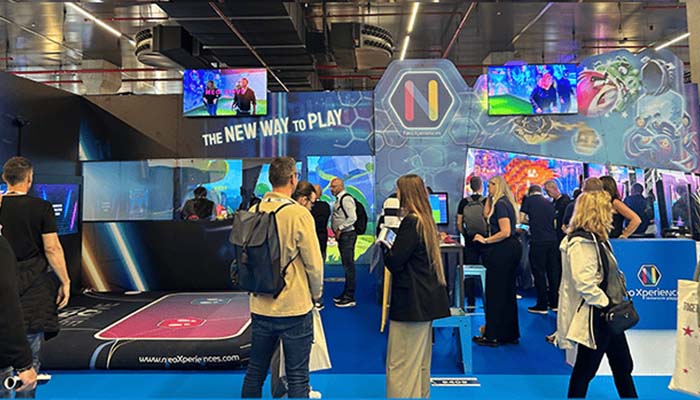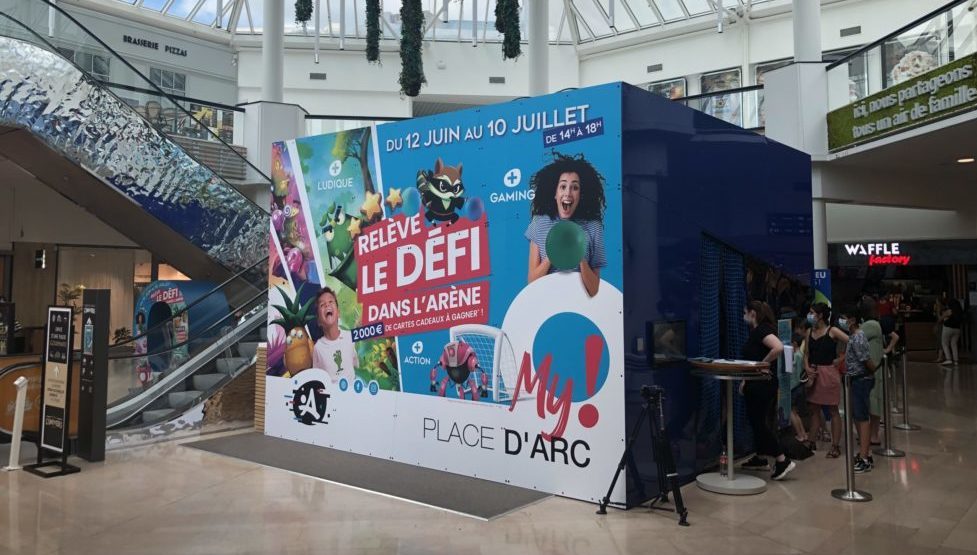What is marketing gamification?
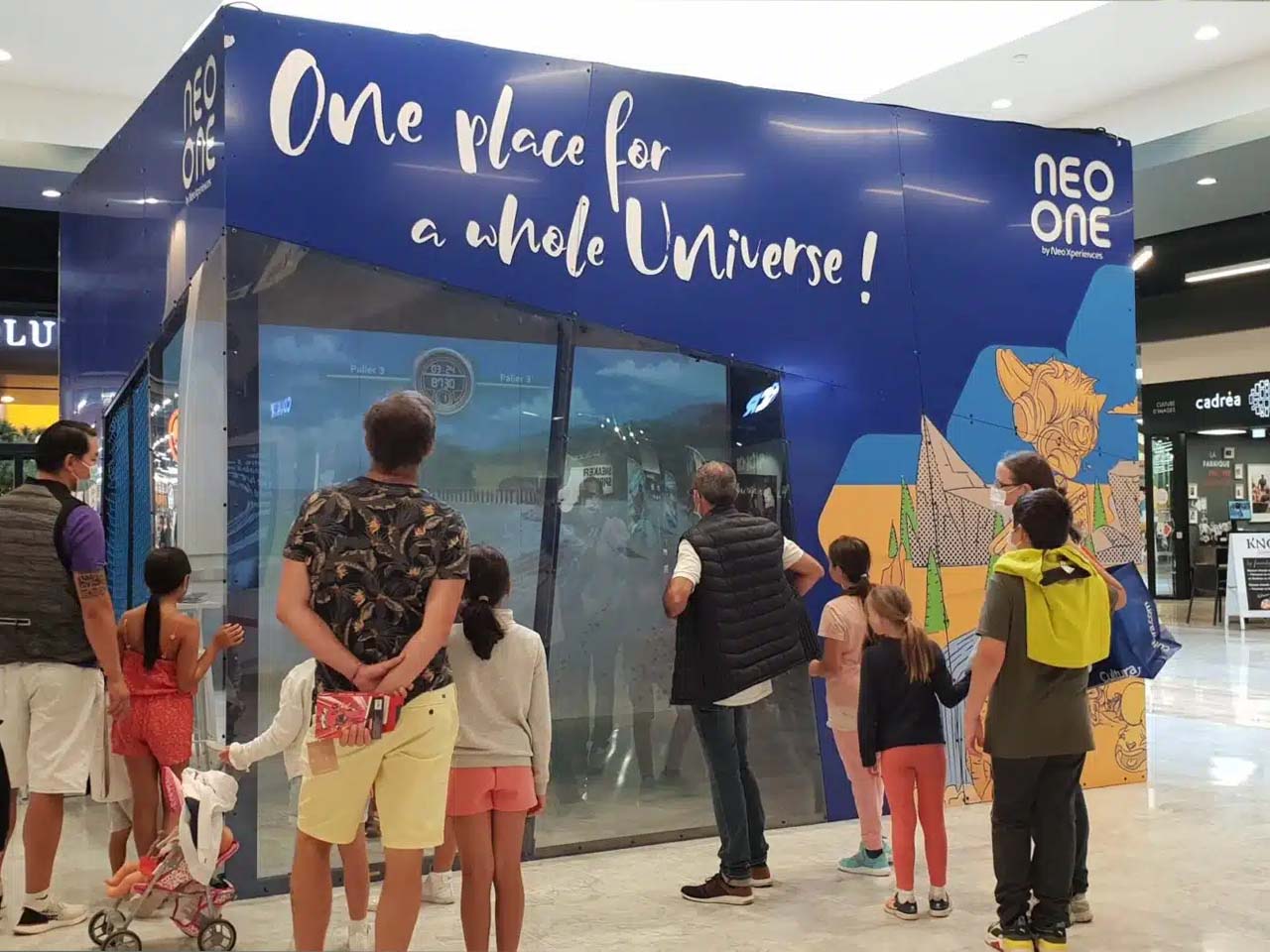
Gamification involves integrating game elements into non-game contexts to encourage user engagement, motivation and active participation. It relies on classic game mechanisms such as rewards, levels, points, badges and rankings.
The gamification is much more than a marketing trend, it's a revolution that's transforming the way companies interact with their customers. By incorporating game elements into marketing strategies, brands can not only attract new customers, but also strengthen the loyalty of existing ones.
Discover how this innovative approach can energize your business with unique interactive experiences.
The gamification of marketing

In a marketing context, gamification enables companies to create interactive experiences that capture consumers' attention while fostering a more dynamic and personalized relationship with them. Rather than simply advertising or running promotions, brands integrate gamification mechanisms that encourage customers to actively participate, engage and even generate content. This transforms the user experience, while creating a stronger emotional bond.
The applications of gamification in marketing are varied: online contests, loyalty programs, challenges on social networks, or even interactive games at the point of sale.
The objective is simple: to deliver a memorable, engaging experience while reinforcing brand identity.
Attracting customers
One of the main benefits of gamification is its ability to attract new customers.
Games are a powerful way of capturing the attention of a wide audience. Customers are naturally drawn to challenges and rewards, which encourages them to engage with the brand in a fun and playful way. By offering interactive experiences, companies can create a real buzz around their products or services.
Improving customer loyalty
Gamification doesn't just attract customers, it's also an excellent way of strengthening loyalty. By rewarding users' actions with points, badges or exclusive benefits, companies encourage their customers to return regularly.
This kind of prolonged engagement can create a sense of belonging to the brand and encourage customers to return more frequently.
Collecting valuable user data
Gamification also makes it possible to gather valuable behavioral data on users. By tracking their progress in the game, their preferences and interactions, companies can gather information on what appeals most to their audience.
This data is then used to personalize offers and better understand customers' needs, enabling us to adjust marketing strategies.
Examples of gamification marketing campaigns
1/ Nike
Nike is a leading example of the use of gamification in marketing.
The brand has launched the Nike Run Club app, which incorporates game elements to encourage users to run more. Users can collect points, unlock badges and take part in group challenges, motivating them to stay active and interact with the brand. This program has strengthened customer loyalty while creating a community around sport.
2/ Starbucks
Starbucks with its Starbucks Rewards loyalty program.
The brand has transformed its classic loyalty program into an interactive gaming experience by awarding stars for every purchase. Customers can accumulate these stars to unlock exclusive rewards, personalized offers and unique experiences. Starbucks also uses missions and challenges, such as "level missions", to encourage customers to buy more and return more frequently.
This approach stimulates customer engagement while strengthening brand loyalty.
3/ NeoXperiences
At NeoXperiences, gamification is at the heart of our interactive solutions.
For example, our Neo-One interactive walls interactive walls create fun, immersive experiences in physical environments such as leisure centers and trade fairs. These devices offer interactive games that encourage visitor participation, while reinforcing engagement with the brand on display.
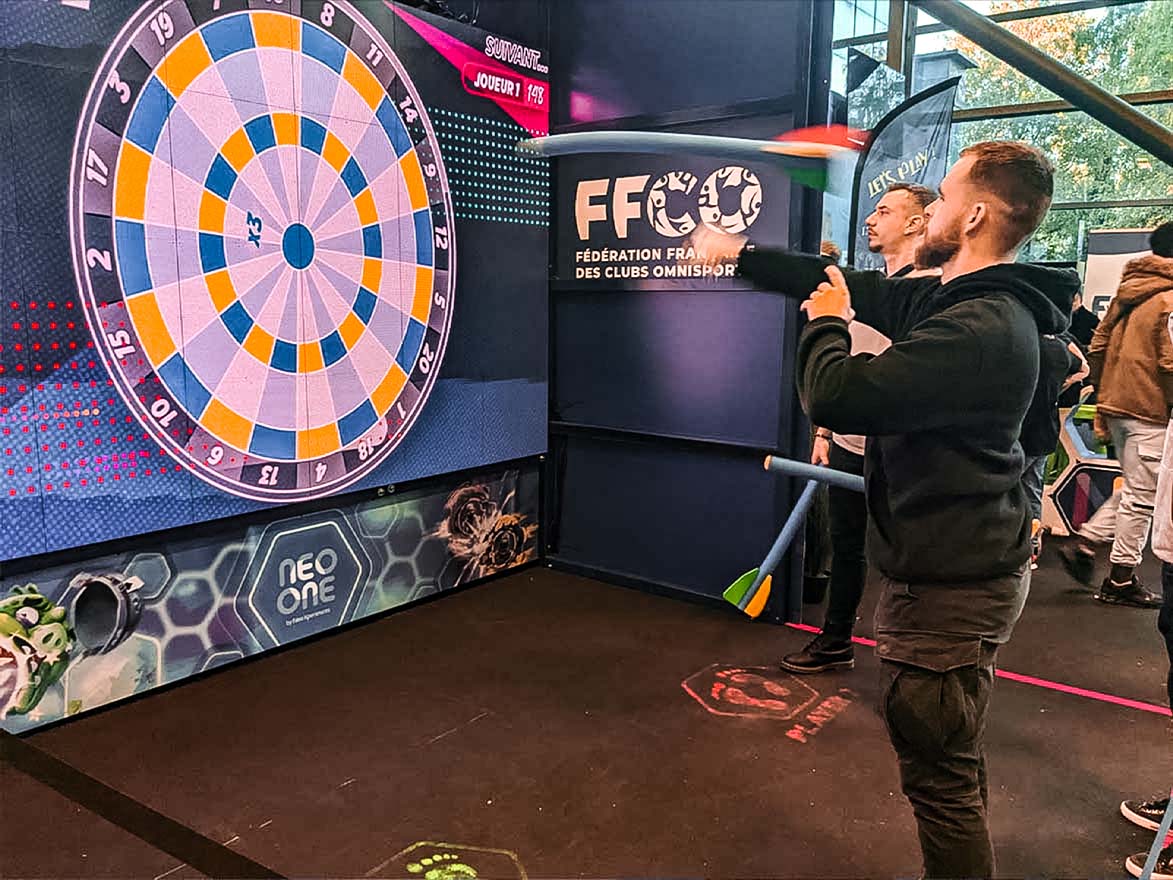
How can you integrate gamification into your marketing strategy?
Integrating gamification into your marketing strategy requires a structured and thoughtful approach. Here are some key steps to get you started:
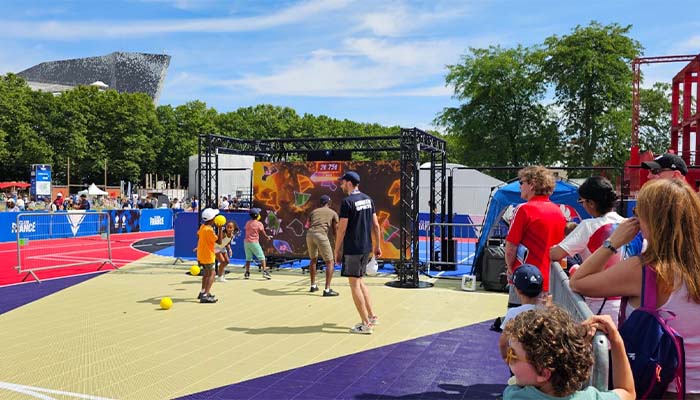
Identifying gamification objectives
Before getting started, it's essential to define the objectives of your gamification campaign.
Do you want to attract new customers, retain existing ones, or collect data? Each objective will guide your choice of game mechanics and the way they are integrated into your overall marketing strategy.
Choosing the right game elements to integrate
Depending on your objectives, you'll need to select the most appropriate game elements.
This could include loyalty point systems, badges, leaderboards, or even more interactive games like quizzes or challenges. It's also important to choose the right technology for your strategy: event trade show, mobile app, website, or interactive showcase.
Measuring and analyzing results
Marketing gamification doesn't stop at initial engagement. It's crucial to track and analyze results to understand what's working and what can be improved. Use analytics tools to measure the impact of your actions, whether it's the number of participants, time spent on your platforms or increased sales.
New technologies at the service of marketing gamification?
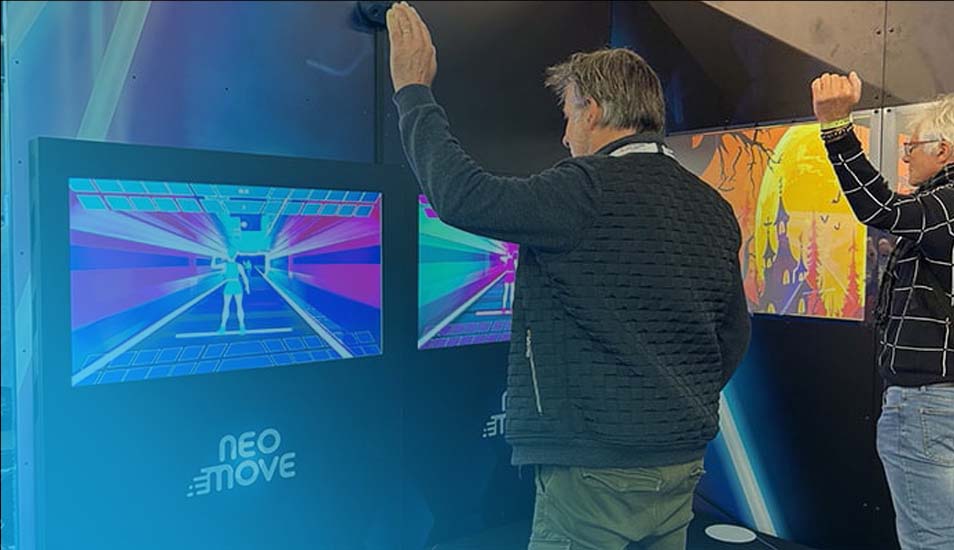
Marketing gamification is constantly evolving, thanks to new technologies. Recent innovations make it possible to offer even more immersive and engaging experiences:
- Virtual reality (VR) and augmented reality (AR): these technologies enable the creation of immersive environments that immerse users in interactive experiences.
- Interactive games: devices such as immersive rooms or immersive immersive arenas enable companies to offer real-time games with both physical and virtual interaction.
- Floor/wall projection: this technology transforms physical spaces into interactive playgrounds, creating total immersion.
By adopting these technologies, companies can create increasingly engaging and memorable marketing experiences, strengthening the relationship with their customers.
Conclusion
Gamification of marketing is a must-have strategy for any company wishing to attract and retain customers while harvesting valuable data. By integrating gaming elements into your strategy, you offer your users a unique, engaging and fun experience. Thanks to advanced technologies such as VR, interactive games and floor projections, you can create memorable experiences that will leave a lasting impression on your customers.
If you'd like to find out more about gamification and how to integrate it into your strategy, take a look at our solutions on NeoXperiences.
Other posts
In a world where digitalization is transforming all sectors, sports clubs need to innovate to capture and hold the attention of their ...
NeoXperiences at IAAPA 2024 From September 24 to 26, 2024, NeoXperiences was honored to take part in the IAAPA Expo Europe in Amsterdam ...
To improve the shopping experience for visitors, facilitate access to leisure activities and reinvent and revitalize ...

